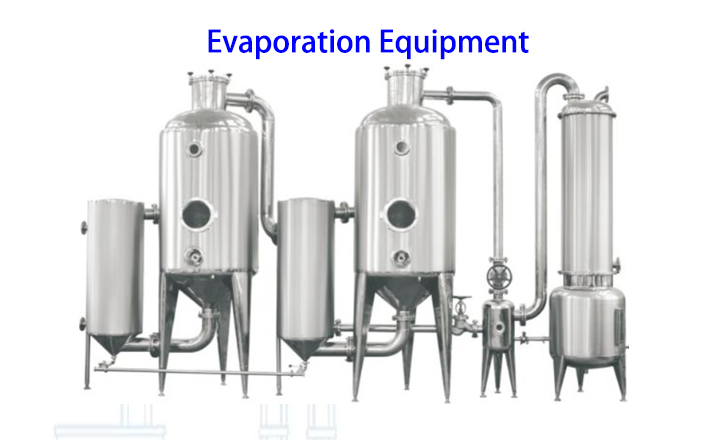In the process of oil extraction, especially in solvent extraction, evaporation plays a crucial role. As we previously learned, solvent extraction is a common method for large - scale industrial oil production. After the oil is dissolved in the solvent, a series of steps are required to separate the solvent from the oil, and evaporation is one of the key steps in this process.
Evaporation in Solvent Extraction
In solvent extraction, once the oil - solvent mixture is obtained, the goal is to remove the solvent to get pure oil. Evaporation is the process by which the solvent changes from a liquid state to a gaseous state. This separation is essential because the solvent is often a volatile substance that needs to be removed to obtain the final oil product.
The Temperature of Evaporation
The temperature at which evaporation occurs depends on the type of solvent used. For example, when hexane is used as the solvent, which is quite common in oil extraction, its boiling point is around 69 °C at standard atmospheric pressure. So, to effectively evaporate hexane from the oil - solvent mixture, the temperature of the mixture needs to be raised close to or slightly above this boiling point. However, it's not always as simple as just reaching the boiling point. Other factors such as the pressure in the evaporation system and the presence of impurities in the mixture can also influence the evaporation temperature. Lowering the pressure in the evaporation equipment can reduce the boiling point of the solvent, which is a useful technique in some cases as it can save energy and prevent potential thermal degradation of the oil.
The Significance of Evaporation Equipment
This is where Evaporation Equipment comes into play. Evaporation Equipment is designed to precisely control the evaporation process. It usually consists of a heating unit, a chamber where the evaporation takes place, and a condenser to collect the evaporated solvent. The heating unit in the Evaporation Equipment is carefully calibrated to provide the right amount of heat to reach the required evaporation temperature. For instance, in large - scale oil extraction plants, shell - and - tube evaporators are often used. These evaporators can handle large volumes of the oil - solvent mixture. They are designed in such a way that the heating medium, usually steam, flows through the tubes, and the oil - solvent mixture is on the shell side. This design allows for efficient heat transfer to raise the temperature of the mixture to the evaporation point.
Moreover, the Evaporation Equipment also needs to maintain the appropriate pressure conditions. By controlling the pressure, operators can optimize the evaporation process. If the pressure is too high, the solvent may not evaporate efficiently, and if it's too low, it might cause other issues like foaming in the mixture. Some advanced Evaporation Equipment also comes with automated control systems that can adjust the temperature and pressure in real - time based on the composition of the oil - solvent mixture and the desired output quality.
In conclusion, understanding the evaporation temperature and having the right Evaporation Equipment are vital in the solvent extraction method of oil production. The proper control of these factors ensures the efficient separation of the solvent from the oil, resulting in a high - quality oil product. This not only meets the demands of various industries but also contributes to the overall sustainability and profitability of the oil extraction process.

GET A QUOTE